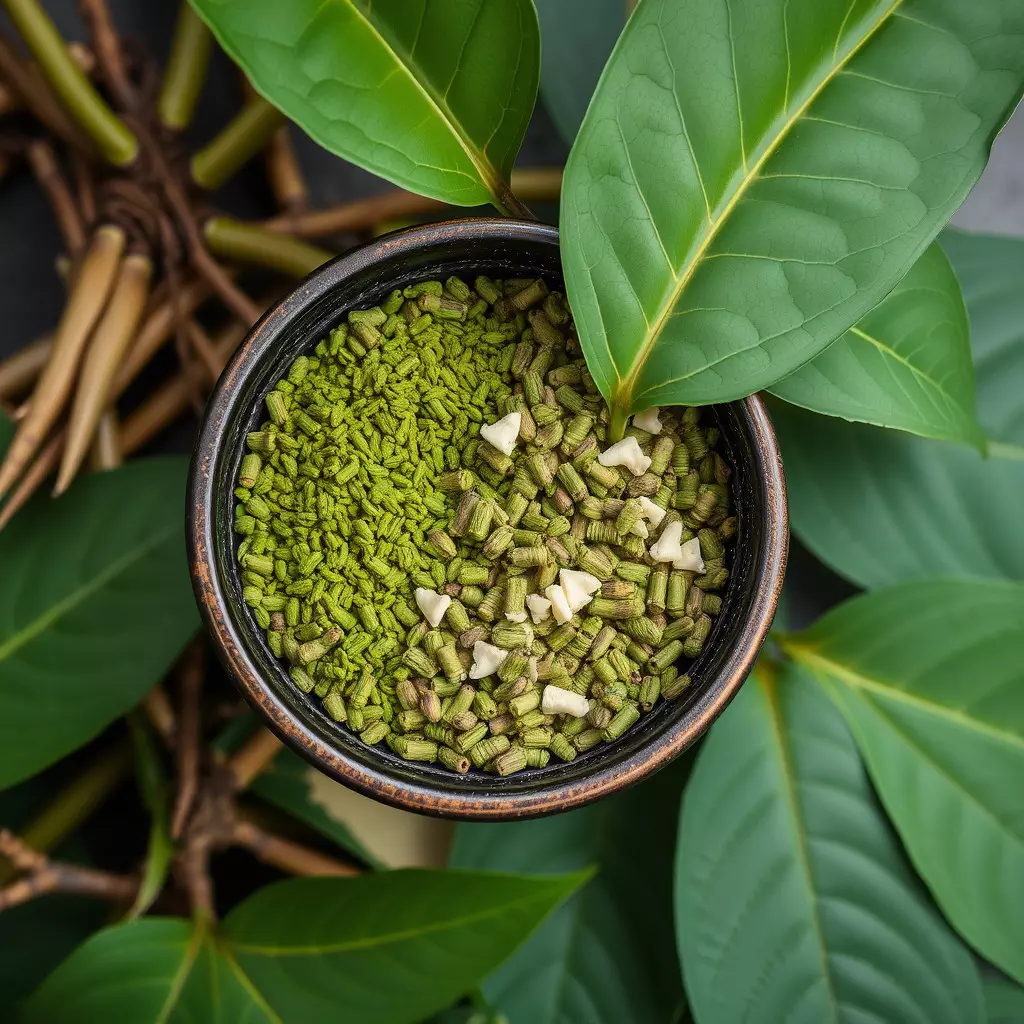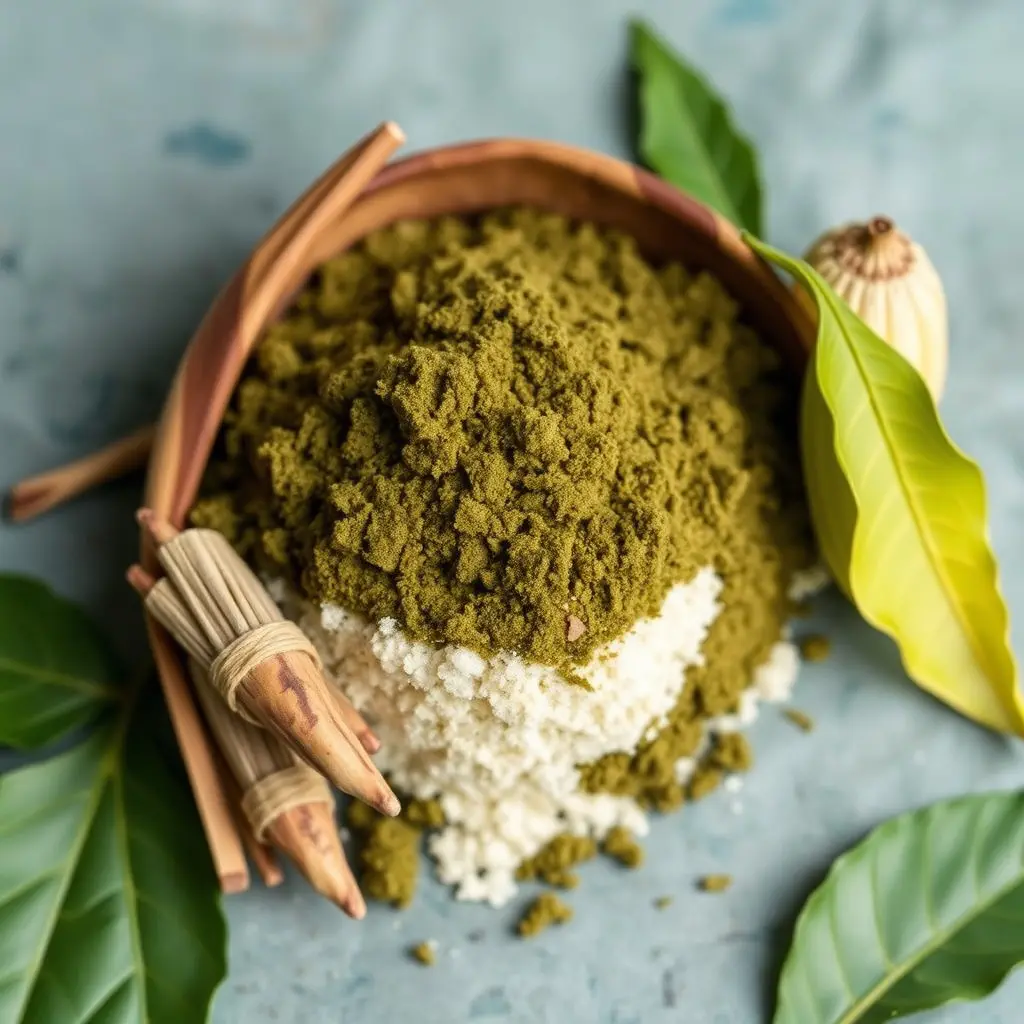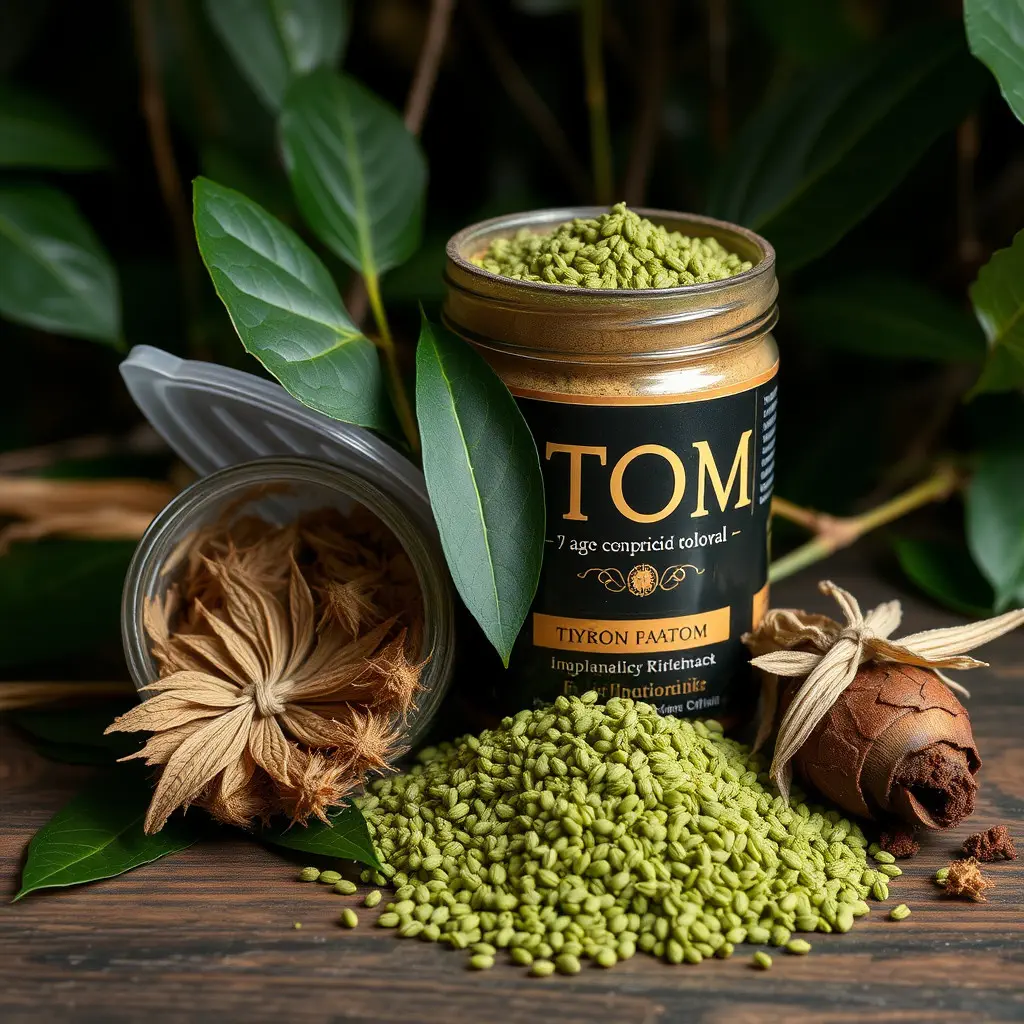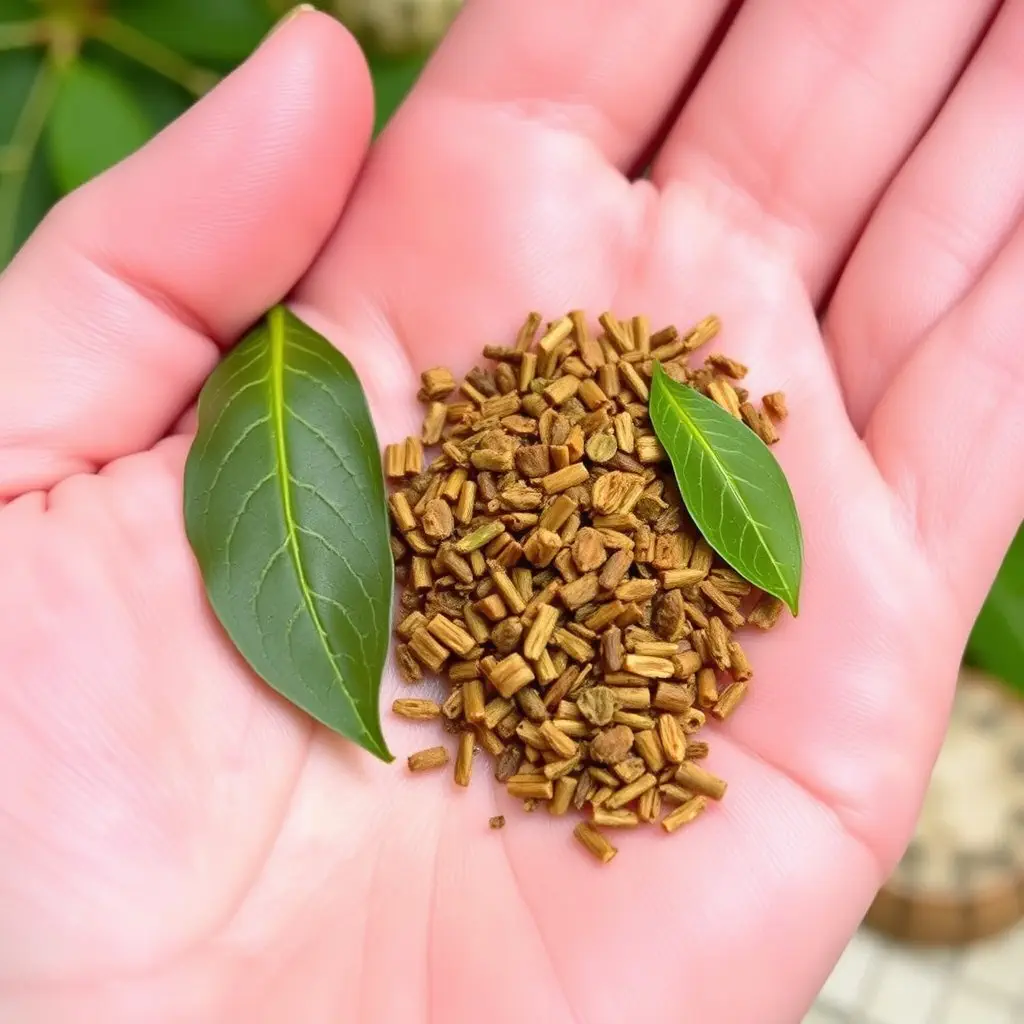Muscle soreness, known as DOMS, is a common issue for those engaging in new or intense physical activities, arising from microtraumas in muscle fibers due to eccentric contractions or unfamiliar movements. Managing this soreness through personalized workout routines that include exercises targeting different muscle groups and incorporating active recovery methods like stretching and low-impact cardio is crucial for minimizing recovery time and preventing injury. In Indiana, where the legal status of kratom—a natural supplement that some use for pain relief—is subject to state and local regulations, it's important to stay informed about the evolving kratom laws to ensure compliance and understand its potential role in pain management alongside a balanced exercise regimen. While kratom may offer analgesic benefits due to its alkaloids, users should approach it with caution, considering both its efficacy and safety, and always consult healthcare professionals before incorporating it into their fitness routine. Adhering to local Indiana kratom laws and dosage guidelines is essential to avoid negative side effects and ensure a sustainable approach to physical health and wellness.
Muscle soreness can be a formidable hurdle for fitness enthusiasts, often disrupting workout routines and hampering progress. This article delves into strategies for mitigating this discomfort through tailored exercise plans, with particular attention to the role of kratom, a natural substance that’s gaining attention in Indiana for its potential analgesic properties. We will explore the science behind muscle soreness, the impact on workout regimens, and how incorporating kratom, within legal bounds as defined by Indiana kratom laws, can contribute to alleviating pain. Whether you’re a seasoned athlete or a casual gym-goer, understanding how to adapt your workouts to include kratom’s benefits can be a game-changer in maintaining an active and healthy lifestyle.
- Understanding Muscle Soreness and Its Impact on Workout Routines
- The Role of Kratom in Muscle Soreness Relief and Its Legal Status in Indiana
- Crafting a Customized Workout Plan to Alleviate Muscle Soreness with a Focus on Kratom's Potential Benefits
Understanding Muscle Soreness and Its Impact on Workout Routines

Muscle soreness, often referred to as delayed-onset muscle soreness (DOMS), is a common experience among individuals who engage in physical activity, particularly when introducing new exercises or increasing intensity. This phenomenon occurs due to microtraumas within the muscle fibers that result from eccentric contractions or unfamiliar movements. Understanding muscle soreness is crucial for optimizing workout routines as it can influence recovery time and overall training effectiveness. While some degree of muscle soreness is normal, excessive soreness can impede an individual’s ability to perform exercises with proper form and intensity, potentially leading to injury. Therefore, incorporating a regimen that addresses the specific muscle groups affected by soreness becomes necessary.
Customized workout plans play a pivotal role in mitigating muscle soreness and ensuring continuous progress without overexertion. These tailored routines often include a variety of exercises that target different muscle fibers, reducing the risk of repetitive strain injuries. Additionally, they may incorporate active recovery methods, such as stretching or low-impact cardiovascular activities, to promote circulation and aid in the healing process. For those in regions like Indiana, where kratom laws might influence natural remedies for pain management, understanding how to adapt workouts around periods of muscle soreness is particularly important. Integrating recovery techniques with a comprehensive exercise program can help maintain fitness levels and contribute to a more sustainable approach to physical health and well-being.
The Role of Kratom in Muscle Soreness Relief and Its Legal Status in Indiana

Individuals seeking muscle soreness relief often explore various options, including natural supplements like Kratom. Kratom, derived from the leaves of Mitragyna speciosa, has been traditionally used in Southeast Asia for its potential pain-relieving and energizing effects. In the context of muscle soreness, some users report that Kratom can offer significant relief due to its alkaloids, primarily mitragynine and 7-hydroxymitragynine, which may interact with opioid receptors in the body. These interactions are believed to contribute to analgesic effects, potentially reducing soreness and discomfort associated with rigorous exercise or injury. However, it’s crucial to approach the use of Kratom with caution, as its efficacy and safety for this purpose are still under investigation, and individual responses can vary significantly.
When integrating Kratom into a workout regimen for muscle soreness relief, it’s important to be aware of the legal status governing its use in different regions. In Indiana, Kratom exists in a complex legal landscape. As of the knowledge cutoff date, Kratom is not explicitly scheduled as a controlled substance under Indiana state law. However, local ordinances within certain cities or counties may have their own regulations. On the federal level, the DEA has considered placing Kratom into Schedule I of the Controlled Substances Act, which would change its legal status. It’s imperative for users to stay informed about Indiana kratom laws, as these can evolve and may differ from one jurisdiction to another within the state. Users should always ensure they are in compliance with local laws when using Kratom for any purpose, including muscle soreness relief.
Crafting a Customized Workout Plan to Alleviate Muscle Soreness with a Focus on Kratom's Potential Benefits

When addressing muscle soreness through exercise, it’s crucial to tailor a workout plan that accommodates individual needs and responds to the body’s signals for rest and recovery. A customized approach can help mitigate muscle soreness effectively. Incorporating exercises that target different muscle groups on alternating days allows for adequate recuperation time, which is essential for preventing overuse injuries and muscle fatigue. For those in Indiana who consider incorporating kratom into their wellness routine to alleviate post-workout discomfort, it’s important to stay informed about the local legal landscape. As of the knowledge cutoff date, Indiana kratom laws classify kratom as a supplement rather than a controlled substance, which means it can be legally purchased and consumed within state lines. However, users should exercise caution and adhere to the recommended dosages to avoid any adverse effects. Kratom is believed to possess natural compounds that may provide analgesic and anti-inflammatory properties, potentially offering relief from muscle soreness. Nonetheless, its efficacy and safety should be carefully considered, especially when integrating it into a consistent workout regimen designed to minimize soreness and enhance overall physical performance. Always consult with healthcare professionals before introducing new supplements like kratom into your fitness routine, ensuring that your customized workout plan remains aligned with healthy practices and legal guidelines.
Muscle soreness can significantly affect one’s ability to maintain an active lifestyle, particularly for those in Indiana who are mindful of local regulations concerning substances like kratom. Understanding the mechanisms behind muscle soreness and how they influence workout routines is crucial for effectively managing discomfort. The article has explored the potential benefits of incorporating kratom into a customized workout plan, given its legal status in Indiana, as outlined by current laws. By tailoring exercises to individual needs and considering the effects of kratom, individuals can find relief while continuing to pursue their fitness goals. It’s important for potential users to consult with healthcare professionals before integrating kratom into their routines due to its complex legal standing and potential health considerations. With a balanced approach that prioritizes personalized care, muscle soreness need not be an obstacle to staying active and healthy.






